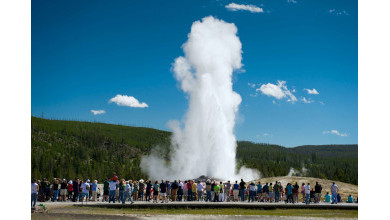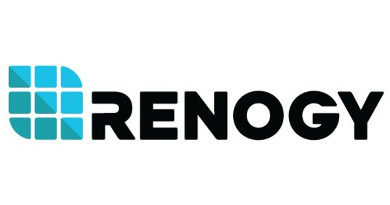Can National Park Campgrounds Handle RV Sales Spike?
 Old Faithful
Old FaithfulWhen the coronavirus pandemic struck the U.S. last year, Monique “Neeki” Smith knew from her training in emergency medical services the country would pause. She scrapped foreign travel plans and hit the road in her pick-up truck with travel trailer attached, leaving behind a toxic relationship and hurricanes in South Florida.
Traveling since August, she has visited a slew of national parks, including Glacier, Mesa Verde, Canyonlands, Redwood, Lassen Volcanic, Yosemite and Joshua Tree.
“I love it. I should have done this years ago, “ she said. “It’s like living on a sailboat” when the weather charts the course.
She stops to identify plants and hike, donning a mask on crowded trails. But instead of staying in national park campgrounds, she more frequently “boondocks” – a term describing camping with an RV but without a connection to water, sewer or electric services. Boondocking on public land managed by the Bureau of Land Management is free. Private sites vary in price from $5-$15 a night – significantly less than the cost to stay at national parks and RV campgrounds.
To read the full story from Lori Sonken in National Parks Traveler, click here.
Nationwide, approximately 11 million households own an RV, according to the RV Industry Association. Last year, RV shipments reached 430,412 wholesale units, a 6 percent increase over 2019, and the third-best year on record despite a two-month industry shutdown due to the pandemic, according to a report prepared for the RV Industry Association.

